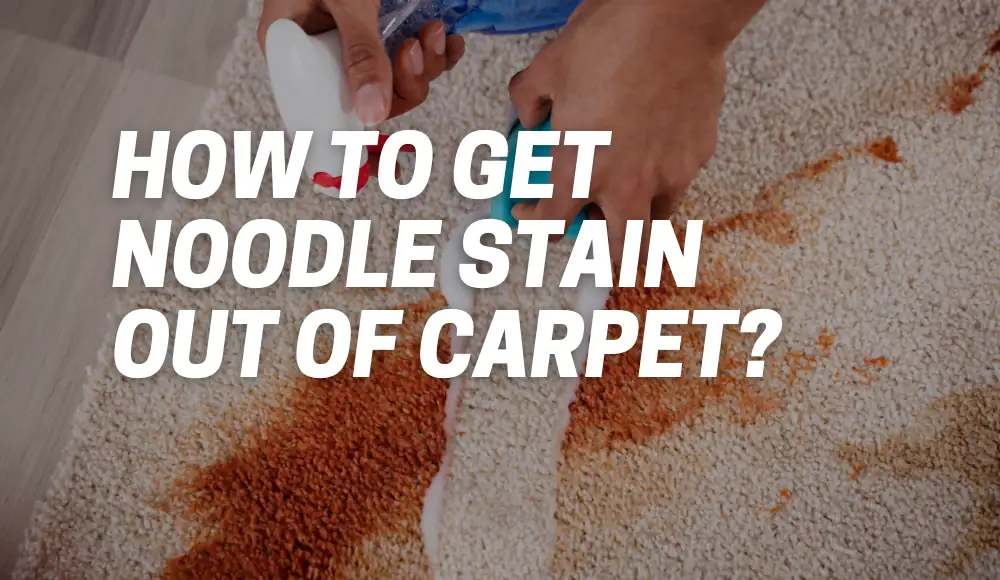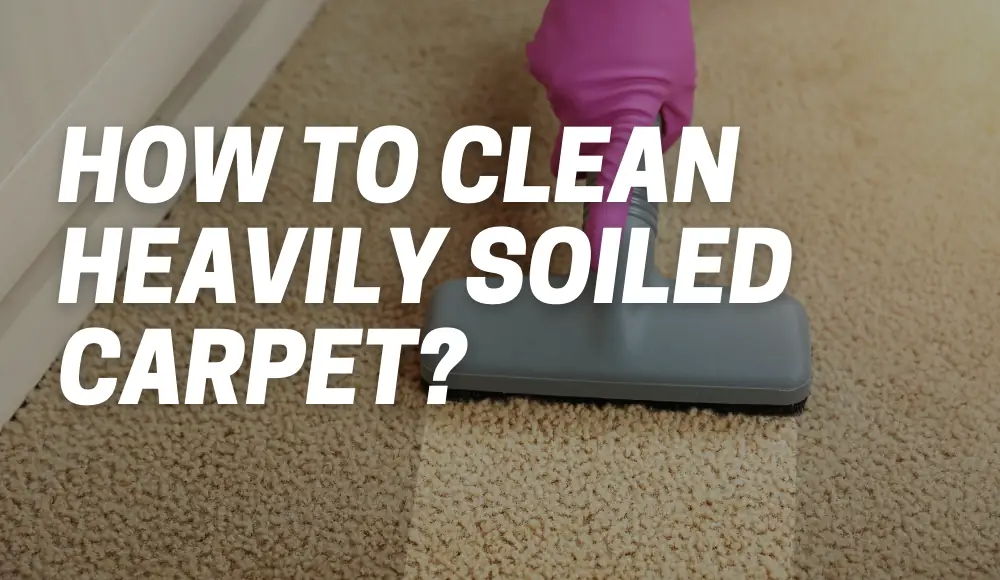Last updated on May 26th, 2024 at 06:29 am
When disaster strikes, and your home experiences water damage, one of the first things that often comes to mind is the condition of your carpet. In this comprehensive guide, we will address all your concerns, from saving a wet carpet to potential health risks and the cost considerations involved. By the end of this article, you’ll be well-equipped to make an informed decision when your carpet faces water damage.
Can Carpet Be Saved if it Gets Wet?
One of the most pressing questions after water damage is whether you can salvage a wet carpet. The answer is not a simple yes or no. Several factors come into play. If the water damage is from clean water and you act quickly, there’s a good chance of saving your carpet. Here’s what you need to consider:
Factors Affecting Salvaging:
- Source of Water: Clean water from a burst pipe is less damaging than contaminated water from sewage or flood.
- Response Time: The quicker you address the issue, the better the chances of saving the carpet.
- Carpet Material: Natural fibers may be harder to salvage than synthetic ones.
When It’s Not Salvageable:
- Contaminated Water: If the water source is contaminated, it’s usually best to replace the carpet due to health concerns.
- Long Exposure: If the carpet has been soaked for an extended period, mold and mildew growth may make it unsalvageable.
Should Carpet Be Replaced After Water Damage?
The decision to replace carpet after water damage hinges on several factors, including the extent of the damage, the type of water involved, and your overall objectives. While it may be tempting to salvage the carpet for cost savings, safety and health should always come first. Here are some key points to consider:
Health Risks:
Water-damaged carpet can become a breeding ground for mold and mildew, leading to respiratory problems and allergies. If the water is contaminated, the health risks are even higher. It’s essential to assess the safety of keeping the carpet.
Drying Methods:
Proper drying is crucial to prevent mold growth. If the water has saturated the carpet pad and subfloor, professional drying equipment may be necessary.
Extent of Damage:
Inspect the carpet thoroughly. If the damage is extensive, including delamination (the separation of the carpet layers), it may be more practical to replace it.
How to Dry Out Wet Carpet After Water Damage?
Drying out a wet carpet is a critical step in preventing mold and mildew growth. Here’s a step-by-step guide:
- Safety First: Turn off the electricity in the affected area to avoid any electrical hazards.
- Remove Furniture: Take out any furniture or objects on the wet carpet.
- Extract Excess Water: Use a wet/dry vacuum or carpet extractor to remove as much water as possible.
- Lift and Ventilate: Lift the carpet edges to allow air circulation. Use fans and dehumidifiers to speed up drying.
- Steam Cleaning: After drying, steam clean the carpet to ensure it’s sanitized.
- Monitor for Mold: Keep an eye on the carpet for any signs of mold or mildew. If you notice any, it’s time to replace it.
—
What to Do with Carpet After Water Damage?
If you decide to replace the carpet, consider eco-friendly disposal options, and check local regulations for proper disposal methods.
How Long Does It Take for Mold to Grow in Wet Carpet?
Mold can start growing in wet carpet within 24 to 48 hours, depending on environmental conditions. This is why quick action is vital to prevent mold infestation.
How to Assess Water Damage in Carpet?
Inspecting water damage in a carpet involves both visual and tactile cues. Look for:
- Visible water damage, such as discoloration or staining.
- A musty odor, indicating mold growth.
- If the carpet feels damp or cool to the touch.
Do You Have to Replace Carpet Pad if it Gets Wet?
The carpet pad is often replaced along with the carpet because it’s challenging to dry completely. If it’s a clean water spill and you can dry it quickly, you may salvage the pad. However, it’s generally safer to replace it to prevent mold growth.
—
DIY vs. Professional Carpet Drying and Replacement
Deciding between DIY and professional help depends on your confidence, the extent of the damage, and the type of water involved.
DIY Pros:
- Cost-effective.
- Suitable for minor clean water spills.
DIY Cons:
- Limited equipment and expertise.
- Risk of inadequate drying.
Professional Pros:
- Quick and efficient.
- Expertise in handling various water types.
Professional Cons:
- Higher cost.
Common Mistakes to Avoid When Dealing with Water-Damaged Carpet
To ensure you’re making the right decisions, avoid these common mistakes:
- Ignoring Safety: Always prioritize your health and safety. If in doubt, consult a professional.
- Incomplete Drying: Inadequate drying can lead to mold and mildew issues. Ensure the carpet and subfloor are thoroughly dry.
- Delaying Action: Acting quickly is key to saving a wet carpet. Delaying increases the chances of irreversible damage.
Cost Considerations for Replacing Carpet After Water Damage
The cost of replacing a water-damaged carpet varies based on factors such as the type of carpet, the extent of the damage, and labor fees. It’s essential to weigh these costs against the potential health risks and long-term savings.
Preventing Water Damage to Carpets
The best approach to dealing with water-damaged carpet is to prevent it in the first place. Here are some preventive measures:
- Regular Maintenance: Check for leaks and plumbing issues regularly.
- Proper Waterproofing: Ensure your home is properly waterproofed, especially in areas prone to water issues.
- Quick Response: Act promptly if water damage occurs, as time is critical.
Now, you’re armed with the knowledge you need to make an informed decision when facing carpet water damage. Remember that safety and health should always be top priorities, and quick action can make all the difference.
Expert Data Table:
Here’s a table summarizing the factors affecting the salvageability of a wet carpet:
| Factors | Salvageability |
|---|---|
| Source of Water | Clean water, better chances of salvage |
| Response Time | Quick response improves salvageability |
| Carpet Material | Synthetic easier to salvage than natural fibers |
| Contaminated Water | Higher health risks, may require replacement |
| Long Exposure | Extended exposure may lead to unsalvageable damage |
Remember, assessing these factors will help you make an informed decision regarding your water-damaged carpet.

